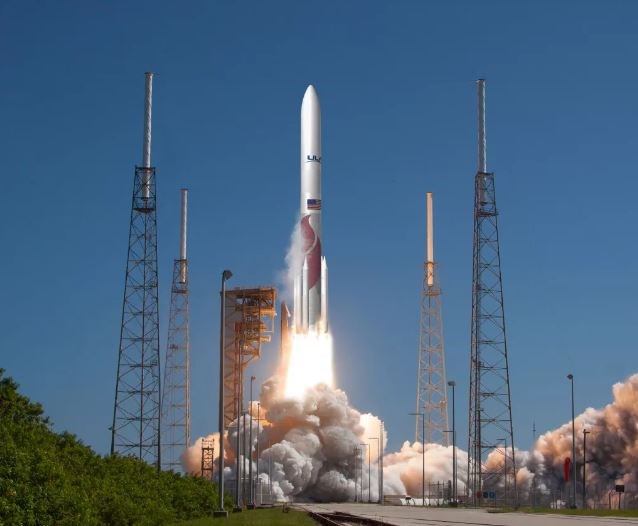THUNDER BAY — A problem with a newly-developed rocket has pushed the launch of a young Thunder Bay girl's genetic material into deep space from a May 4 to May 8 window, to sometime in June or July.
But this now gives her and her dad a chance to see the launch at Cape Canaveral, Fla., in person.
Six-year-old Victoria Lehto's father, Ryan, owns Global Genetic Health and does specialized DNA processing for a company that rents space on rockets and sends human DNA on extra-terrestrial flights.
Celestis Inc. initially accepted cremated human remains for burial in space, but in 2017 it partnered with Lehto's firm to put DNA into space, both from deceased individuals and people who are still alive.
When Celestis recently offered to waive its $13,000 fee for him for its next mission, Lehto decided to send his daughter's DNA, explaining at he time "I thought it would be just something nice for her to send her DNA out into space. And she gets a certificate and a T-shirt, and will get to watch the launch" livestreamed online.
The United Launch Alliance, a joint venture by the Boeing Company and Lockheed Martin Corporation, had hoped to launch the Celestis Enterprise mission within the next few days, using its new Vulcan Centaur rocket.
But that's been delayed to June or July, Celestis said, due to "a significant anomaly experienced by ULA during testing of the Centaur second stage which will power the mission."
Lehto had planned a watch party in Thunder Bay to view the launch this week on a webcast.
He told TBnewswatch that the postponement to a summertime launch means he will be able to take Victoria with him to Florida to see the takeoff in person at the Kennedy Space Center.
The DNA of over 200 people, including from several legendary actors from the Star Trek television series will be be on the same mission.
According to Celestis, the Enterprise flight will establish a solar orbit 150 to 300 million miles in deep space, becoming the first outpost of humanity in the cosmos.
"Off-world DNA storage allows the human genome to be preserved for thousands of years in space without degradation," it said. "This means it is possible it could be discovered later, like a cosmic time capsule."
